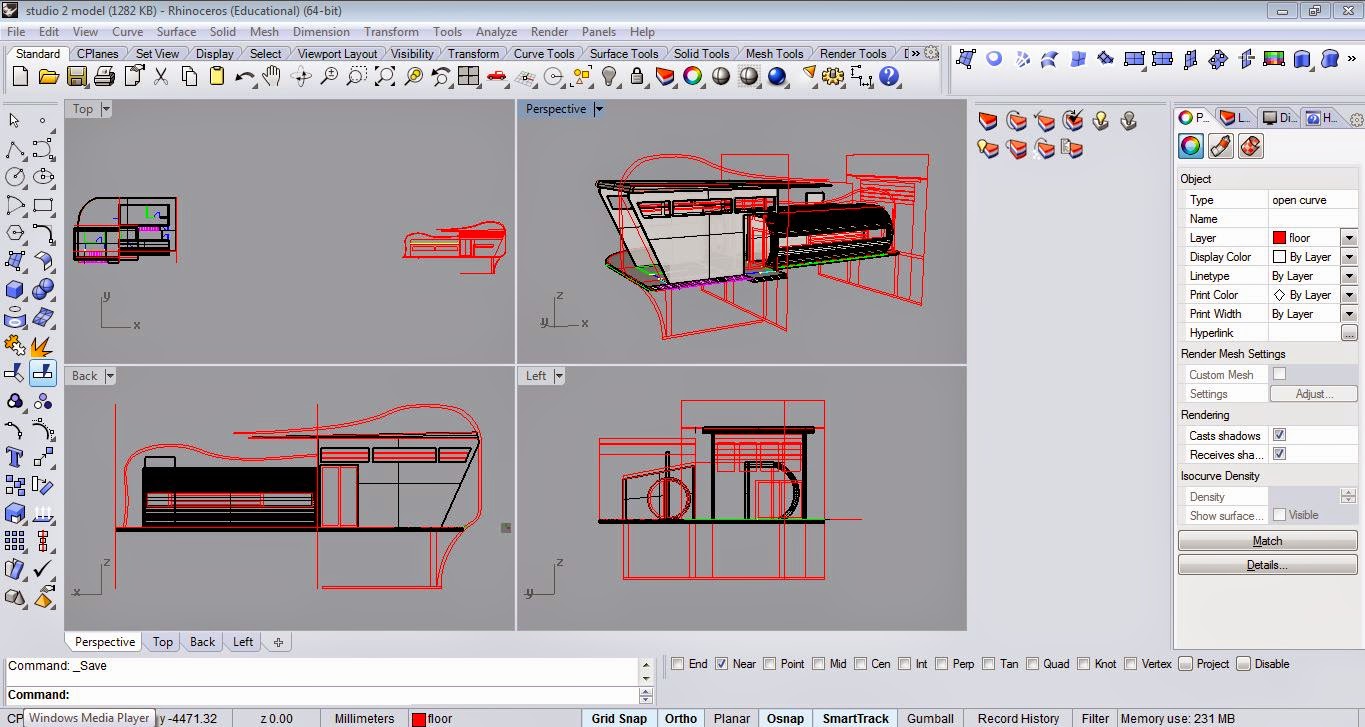Project 2A: Still Renderings with Materials, Lights, Camera Views with Site Context (Exterior Renderings)
 |
| First time learning to render material using bitmap. This included how to modify the rendering using UVW Map, where we can adjust the size and settings of the bitmap. |
 |
| Assigning renderer Mental ray, which results in a different tone and quality. |
 |
| Experimented with lighting such as applying daylight system, omni light, target light and so on. |
 |
| We also learned how to displace the bitmap for rendering, which basically can be done by photoshopping the similar image into black and white. the darker parts will sink in and the lighter areas will remain. The same effect can be achieved by using bump on the bitmap. |
 |
| Reorganizing and creating the contour. This time, instead of using soft selection on the polygon like I did in the previous project, I tried to just drag the vertex of the editable poly to the desired location. It's more fitting and also allows my stairs below the building to sit against a slope. |
 |
| Sample of bitmap. |
 |
| Add caption |
 |
| To bump the bitmap. |
 |
| First attempt to test rendering. Apparently didn't tune the glossiness of the materials hence the reflective concrete and sand! Also the sea water was poorly bitmapped with to much transparency. Resulting in the reflective sand underwater to be visible. |
 |
| Elevation view of retreat house model. |
 |
| Another test rendering. It seems the daylight intensity was a bit off. Added a tree model into the scene as site context. The shadows weren't very obvious. |
 |
| More context and modifying the daylight. The sun light is coming from the west, hence, this is what the site would look like in the afternoon. |
 |
| After getting the camera fixed on a desired view, I did another test render just in case. |
 |
| Test render of evening daylight by the beach. |
 |
| Final exterior rendering 1000 x 800 at bird's eye view. |
 |
| Final exterior rendering of 1000 x 800 at eye level. |



























































